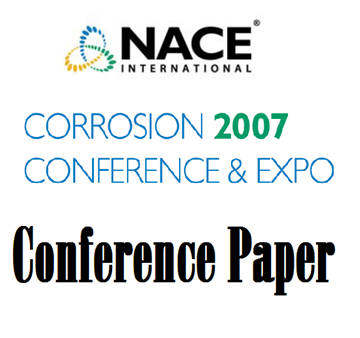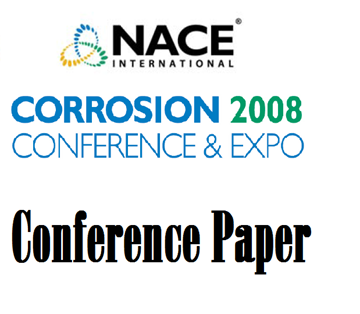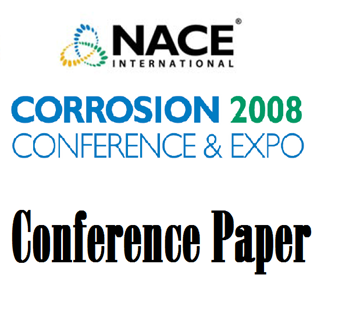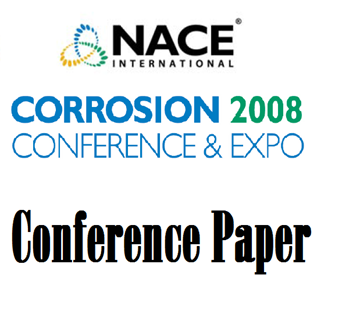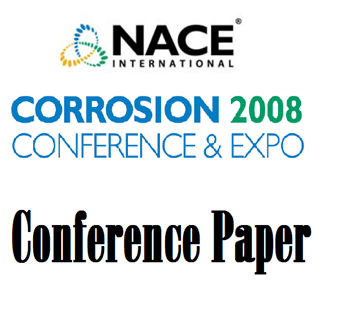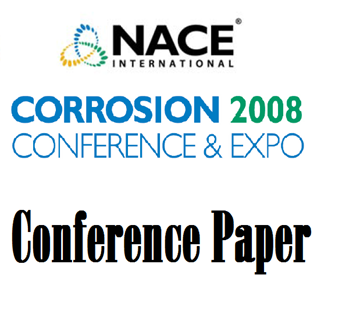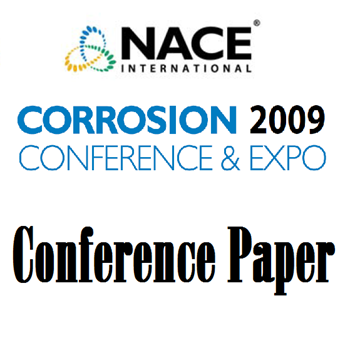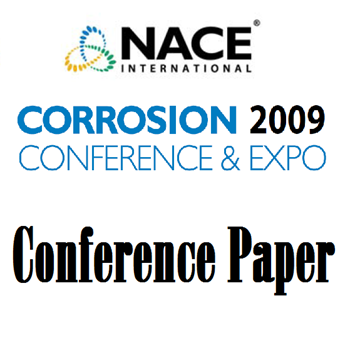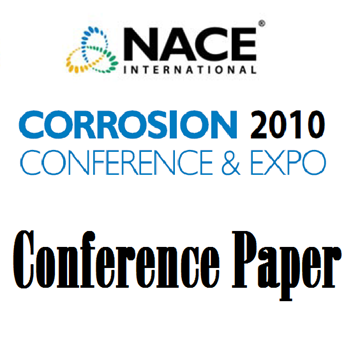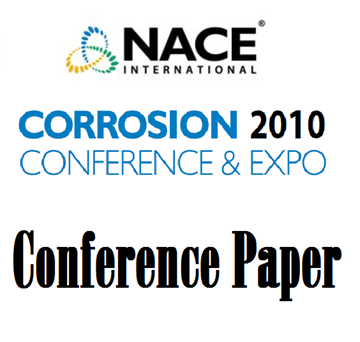Search
Science of Corrosion
View as
Sort by
Display
per page
07206 Corrosion and Stress Corrosion Cracking of Duplex Stainless Steels in Pulping Liquors
Product Number:
51300-07206-SG
ISBN:
07206 2007 CP
Publication Date:
2007
$20.00
07423 Control of Relaxation Cracking in Austenitic High Temperature Components
Product Number:
51300-07423-SG
ISBN:
07423 2007 CP
Publication Date:
2007
$20.00
07574 SCC of Carbon Steel in Fuel Ethanol Service: Effect of Corrosion Potential and Ethanol Processing Source
Product Number:
51300-07574-SG
ISBN:
07574 2007 CP
Publication Date:
07574
$20.00
08036 Evaluation of Steel and TSA Coating in a Corrosion Under Insulation (CUI) Environment
Product Number:
51300-08036-SG
ISBN:
08036 2008 CP
Publication Date:
2008
$20.00
08090 Performance of Selected Corrosion Resistant Alloys Under Simulated Seawater Injection Conditions Downhole
Product Number:
51300-08090-SG
ISBN:
08090 2008 CP
Publication Date:
2008
$20.00
08174 Unusual Corrosion Failures of Stainless Steel in Low Chloride Waters
Product Number:
51300-08174-SG
ISBN:
08174 2008 CP
Publication Date:
2008
$20.00
08265 Modeling of Carbonate-Bicarbonate Stress Corrosion Cracking of Pipeline Steels
Product Number:
51300-08265-SG
ISBN:
08265 2008 CP
Publication Date:
2008
$20.00
08271 Effects of Oxygen, Temperature and Salinity on Carbon Steel Corrosion in Aqueous Solutions; Model Predictions versus Laboratory Results
Product Number:
51300-08271-SG
ISBN:
08271 2008 CP
Publication Date:
2008
$20.00
09296 Fracture Analysis of Slow Strain Rate Test for Stress Corrosion Cracking
Product Number:
51300-09296-SG
ISBN:
09296 2009 CP
Publication Date:
2009
$20.00
09427 Electrochemical Methods for Repassivation Potential Measurements
Product Number:
51300-09427-SG
ISBN:
09427 2009 CP
Publication Date:
2009
$20.00
10183 Prediction and Assessment of Rich Amine Corrosion Under Simulated Refinery Conditions
Product Number:
51300-10183-SG
ISBN:
10183 2010 CP
Publication Date:
2010
$20.00
10349 Prediction and Assessment of Ammonium Bisulfide Corrosion Under Refinery Sour Water Service Conditions-Part 2
Product Number:
51300-10349-SG
ISBN:
10349 2010 CP
Publication Date:
2010
$20.00

